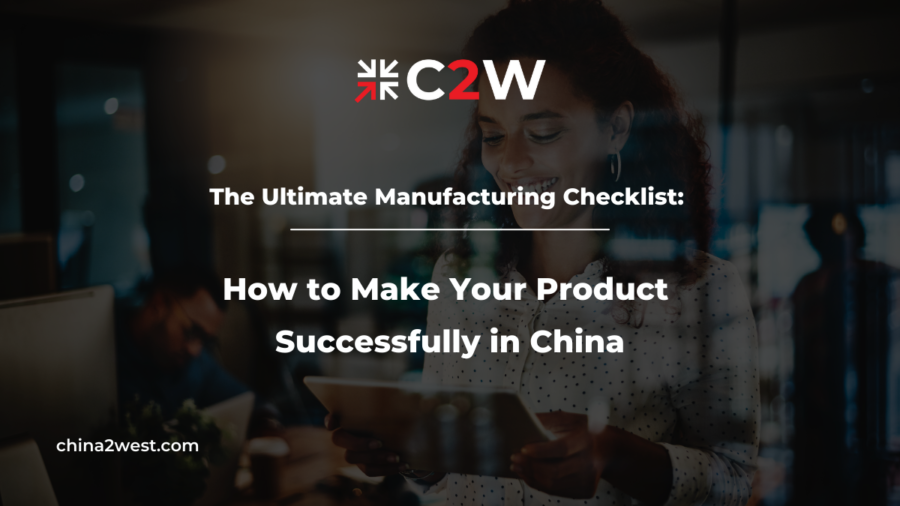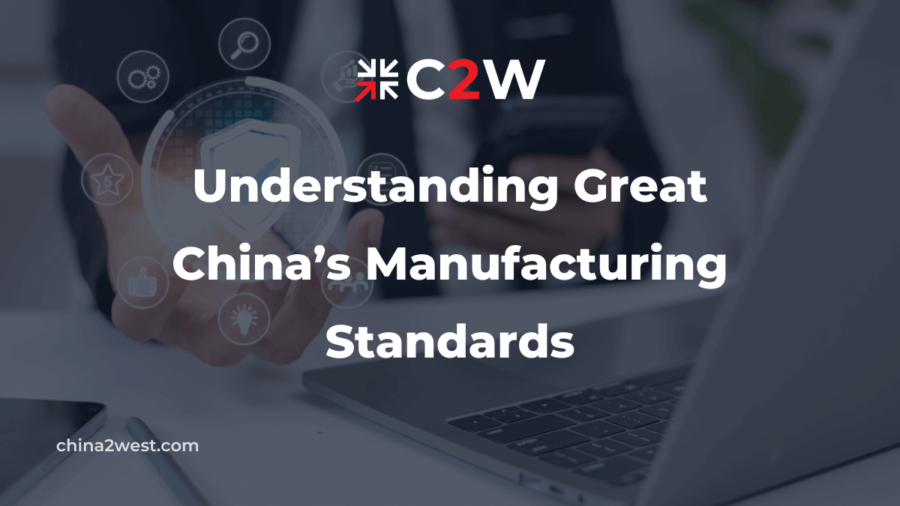A manufacturing checklist can help you keep track of every little detail involved in making your product and help you work more efficiently so that the finished product meets the highest standards.
While it may seem like overkill to create one at first, it’s very easy to miss something and create hiccups along the way, which will cost you time and money that you could have saved with careful planning from the beginning. Here’s how to make sure your manufacturing checklist covers all the bases!
Step 1 – Define the Requirements
The first step is developing an exhaustive understanding of your product. You need to know all about the product, inside and out. This means you have to know the product specifications like:
- Budget
- Materials
- Dimensions
- Components
- Manufacturing techniques
- Manufacturing process
- Quality standards
Products vary in terms of material or manufacturing technique. And different manufacturers work with suppliers who use a variety of materials and processes depending on what they need so you should have a clear view of the final product. Once you have this knowledge, you can begin to develop a plan for manufacturing in China.
Step 2 – Research on Restrictions and Laws
Before starting any manufacturing process, you need to know the restrictions and laws that apply to your product and make sure that it will meet all Chinese import requirements.
Manufacturing laws in China are very strict so be sure to do your research before beginning mass production.
For example, if you’re going to manufacture cosmetics products, keep in mind that these must comply with pharmaceutical law, or else they won’t be allowed into the country at all.
When working with anything about medicine, food, or chemicals, it is always best to consult relevant regulatory agencies to fully confirm before proceeding with production. Also, make sure you check all the restrictions and laws and ask your potential supplier if they can produce such items. Doing your research upfront will save you a lot of headaches later on.
Step 3 – Reach out to Manufacturing Suppliers
Now that you’ve decided on a product idea, it’s time to locate possible manufacturers for your product. Here is a range of strategies to help you reach out to potential vendors:
- Referral
- Online directories
- Online groups and forums
- Trade shows
- Related events
- Contact the Chamber of Commerce
Though there are many factory providers out there, keep in mind that some might not be good enough for you, so make sure to find a reliable provider that is trustworthy and has a proven track record.
In this stage, don’t set your goal in some specific supplier, try to reach as many as you can. You want to cast a large net and whittle it down from there.
Step 4 – Gather Initial Quote From Potential Suppliers
Now that you have a list of possible manufacturers, you can start reaching out and asking them if they’re interested in doing business together. Let them know what kind of product you want to make and more importantly, gather initial quotes from these suppliers so you can measure the overall manufacturing costs later on.
Make sure that you provide the suppliers with very clear product descriptions and quality requirements. Do not ask your supplier to quote if you can’t provide anything useful. It will be a waste of time for both parties and they won’t respond to you anymore. You don’t want to let an otherwise good supplier drop out because you appear to be disorganized.
Step 5 – Narrow Down Your Options
Filter out those who are disqualified as a manufacturing partner, for example, those who:
- Don’t respond to your inquiry
- Cannot comply with your product specifications and/or quality requirements
- Ask you to pay too much upfront
- Refuse to sign a contract or sales agreement
Don’t be afraid to give up on the suppliers because you can always find the best fit for your business.
More importantly, double-check those who are able and ready to work with you. Sometimes, if you don’t do your homework carefully, you may find your supplier is a trading company rather than an actual factory.
Though you have invested time and money into your business, you can’t compromise on things that you shouldn’t.
There is nothing worse than being in a situation where you find a second-class supplier who is unable to fulfill your requirements entirely, which ends up with an even larger waste.
Step 6 – Ask For Samples & Test
In this stage, you have a better understanding of your product and requirements.
When you’re ready to move on from prototypes and begin production, you’d better request some product samples from your potential suppliers.
This will give you a chance to assess the quality of their work and make sure that they can meet your quantity needs.
When requesting samples, be sure to specify any customization or special packaging requirements that you have.
Also, keep the final approved sample in pristine conditions for reference purposes.
Step 7 – Negotiate and Sign an Agreement
After you have vetted the factory and approved the samples, you can make your final decision that who is your best fit.
However, before agreeing to pay for production costs in full, it’s a good idea to negotiate with suppliers because of course you want to reduce overall costs while maintaining product quality.
Some common terms that can be negotiated include:
- Minimum Order Quantities
- Price
- Payment Terms
- Quality
- Delivery Times
If you’re lucky enough to negotiate a successful contract between yourself and another party, it’s important not to forget about the legalities of such agreements.
manufacturing contracts can vary greatly, so ask about what documents need to be signed when entering into one. Some basic components will make them legally binding such as:
- Intellectual property (IP)
- Project costs
- Responsibilities of all parties
- Liabilities of all parties
- Turnaround time
Step 8 – Place Order
Once you’ve made sure that your supplier can provide what you want at a reasonable price, it’s time to place an order.
As part of this process, you’ll need to pay a down payment (deposit) on production costs so they can start working on it. In most cases, it will be 30% upfront to get production started.
However, if they’re pushing back or asking for anything out of the ordinary, walk away because it may be a red flag. Remember that there are plenty of other suppliers who will work with you and all your specifications.
Find a Reliable Manufacturing Partner in China
Choosing the right team for your project can be tricky. Make sure to work with a company that specializes in your industry and has experience in your field.
If you choose one that offers products or services well outside their area of expertise, chances are they’re only interested in turning orders – not quality, customer service, or building relationships.
If you are still struggling with finding a professional manufacturing partner, look no further than China 2 West.
We are a British-owned and managed company established in 2005 in the South China Greater Bay Area.
With over 15,000 projects completed since opening up shop here years ago, there is no surprise why we’ve been able to achieve so much success! Contact us to discuss your ideas today.


